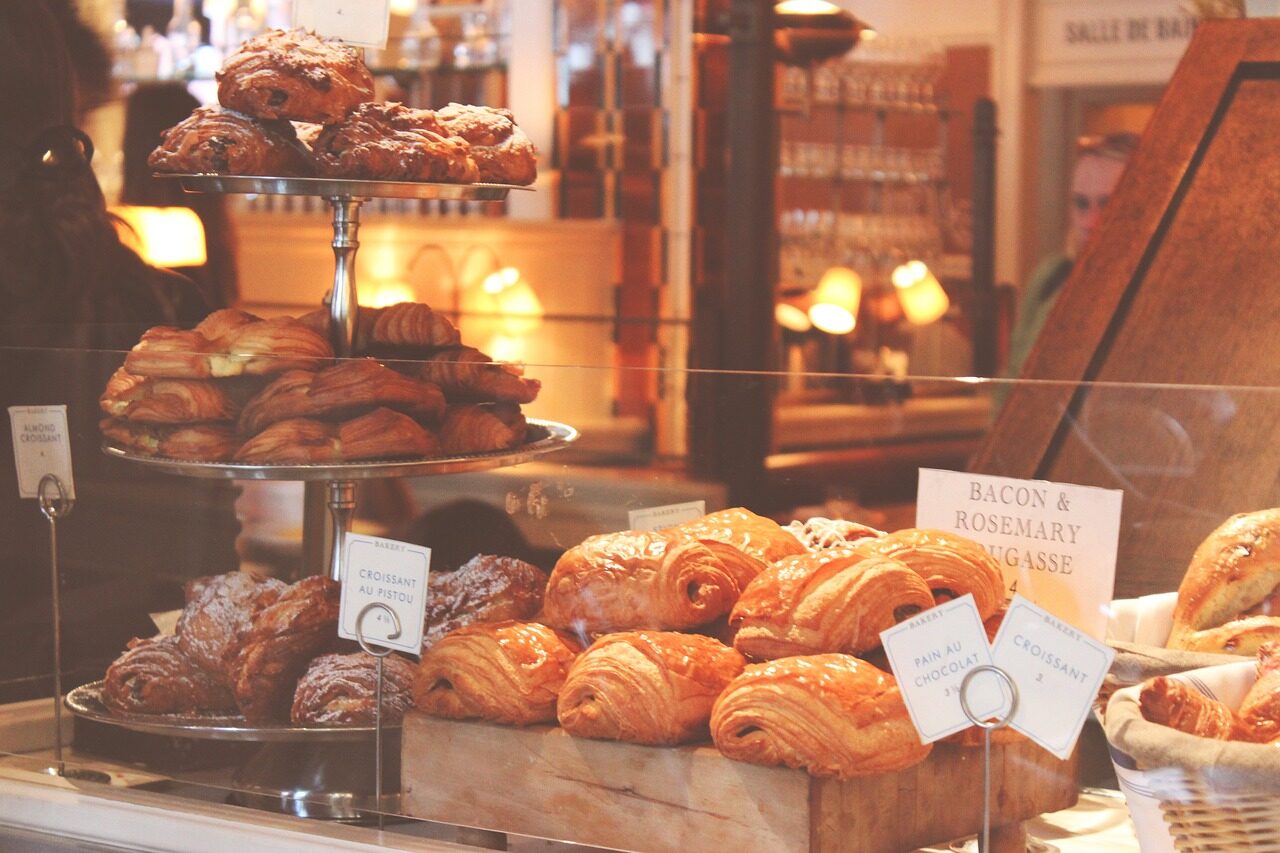Email format error
Email cannot be empty
Email already exists
6-20 characters(letters plus numbers only)
The password is inconsistent
Email format error
Email cannot be empty
Email does not exist
6-20 characters(letters plus numbers only)
The password is inconsistent


Bread is one of the oldest foods in human history. It is also one of the most beloved foods. From the ancient Egyptians baking flatbreads to modern-day Parisian baguettes, bread has been a staple. This staple exists in nearly every culture. The bread-making process has evolved significantly over centuries. Today, with advanced baking technology, large-scale production achieves new efficiency. Specifically, Commercial bread baking machines enable this efficiency and consistency.
The History of Bread
Bread dates back over 10,000 years. This was when humans transitioned from hunting to farming. Early breads were simple mixtures. These mixtures contained ground grains and water. They were baked on hot stones. As civilizations developed, techniques improved. The Egyptians discovered fermentation. This discovery led to the first leavened bread.
With agriculture’s spread, cultures developed unique bread styles. In Europe, hearty rye and wheat loaves became common. In the Middle East, flatbreads dominated. Examples include pita and naan. Meanwhile, in Asia, rice-based breads emerged. Steamed buns also became staples.
The Science Behind Bread-Making
Bread requires four essential ingredients: flour, water, yeast, and salt. The magic occurs during fermentation. Yeast consumes dough sugars. This consumption releases carbon dioxide. Consequently, the bread rises. This process creates the light, airy texture people love.
Modern technology revolutionizes bread-making. A Commercial bread baking machine ensures precision. It controls mixing, proofing, and baking. This eliminates traditional guesswork. For businesses, such machines improve consistency. They also increase production. Additionally, they boost overall efficiency.
Types of Bread Around the World
Each region has signature breads. These reflect local ingredients and traditions. Famous varieties include:
Baguette (France): A long, crispy bread. It has a soft interior.
Ciabatta (Italy): A rustic, airy bread. It’s ideal for sandwiches.
Sourdough (USA/Europe): Uses wild yeast. This creates a tangy flavor.
Pita (Middle East): A round pocket-style bread. It’s used for wraps.
Roti (India): A whole wheat flatbread. It’s served with curries.
Rye Bread (Germany & Scandinavia): Dense in texture. It’s fiber-packed.
These breads have unique preparation methods. Some methods benefit from Commercial bread baking machines. These machines enhance efficiency.

The Role of Technology in Bread Production
Demand for fresh bread remains high. Efficiency matters for all bakeries. Consistency is equally crucial. Modern baking technology addresses both needs.
A Commercial bread baking machine automates stages. These stages include kneading, proofing, baking, and cooling. The machines save time. They reduce labor costs. They minimize human error. Bakeries thus produce uniform bread. Every loaf matches in texture, shape, and taste.
Why Choose a Commercial Bread Baking Machine?
Businesses scaling operations gain multiple advantages:
Efficiency – Automation reduces production time. It increases output.
Consistency – Every batch maintains quality. This ensures customer satisfaction.
Cost-Effectiveness – Less manual labor lowers expenses.
Customization – Machines adapt to bread types. They adjust baking conditions.
Hygiene & Safety – Industrial machines uphold strict standards. They ensure cleanliness.
The Future of Bread-Making
Interest grows in artisanal breads. Specialty breads also gain popularity. The future blends tradition with technology. Handcrafted loaves remain popular. Yet advanced equipment plays a critical role. Businesses integrating machinery meet demand. They simultaneously maintain quality.
For food industry companies, proper equipment is essential. As a manufacturer, we provide cutting-edge machines. Our Commercial bread baking machines enhance efficiency. They elevate the bread-making experience. Small bakeries can expand using them. Large enterprises achieve high-volume production.
Conclusion
Bread transcends mere food. It symbolizes culture. It provides comfort. It connects us to history. The industry evolves continuously. So does its technology. With proper tools, businesses produce quality bread. This bread delights global customers.
Contact us today about Commercial bread baking machines. Let’s bake the future together!